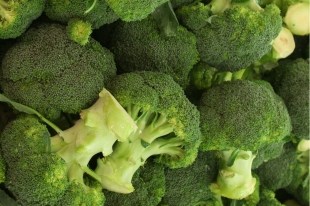I asked Richard Stenlake, an innovator in compounding pharmacy about DIM, and here was his response to my questions:
Why should I be taking DIM (di-indolyl-methane) as a supplement?
DIM helps reduce the risk of breast cancer by helping to excrete estrogen in the non carcinogenic form.
Why can’t I get enough in my food?
The amount of food needed to be consumed is large. DIM is found in cruciferous vegetables and the female dosage is 100-300mg per day. To attain this amount of DIM you would need to eat 500G of broccoli or cauliflower, Brussel sprouts and green cabbage daily.
Are there any risks?
There are no risks in taking DIM. Side effects are rare and can be alleviated by dose.
What dose of DIM should I take?
The female dosage is 1-3 tablets twice daily (100-300mg) and for men dose is 3-4 tablets twice a day (300-500mg).
Are there any special requirements in terms of taking DIM?
DIM should be taken with meals with a full glass of water. Coffee intake should be limited.
Are there any side-effects?
Side effects are extremely uncommon but may include dizziness or headache. DIM may interact with certain medications, including medications for indigestion or stomach ulcers.
Can I test so as I know I’m taking the correct dose for me?
Yes, by having a urine analysis the type of estrogen being excreted can be measured. It is advisable to do this before one starts taking and then after taking to measure the effectiveness of the dose.
The main function of DIM is that it increases the production of “good estrogen metabolites” and reduces the production of “bad estrogen metabolites”. DIM shifts estrogen metabolism by increasing the production of 2-hydroxy estrone and 2-methoxyestrogen by up to 75% and decreases the production of 16-hydroxy estrone by 50% (bad metabolite).The ratio of these excretion products can be measured and increased by altering the dose.
Last Reviewed 10/Mar/2014







